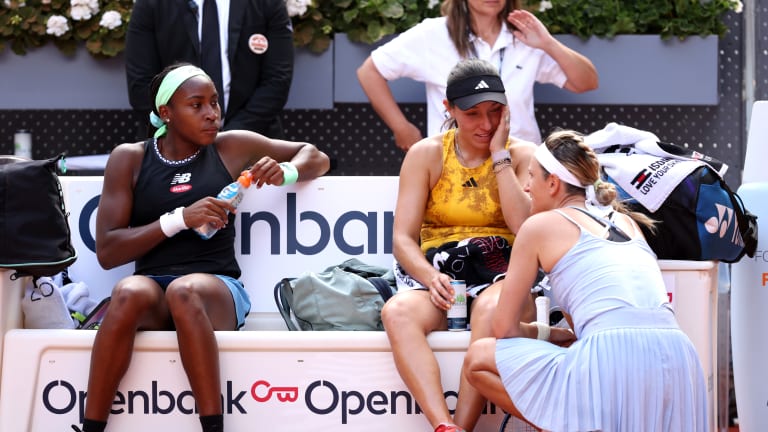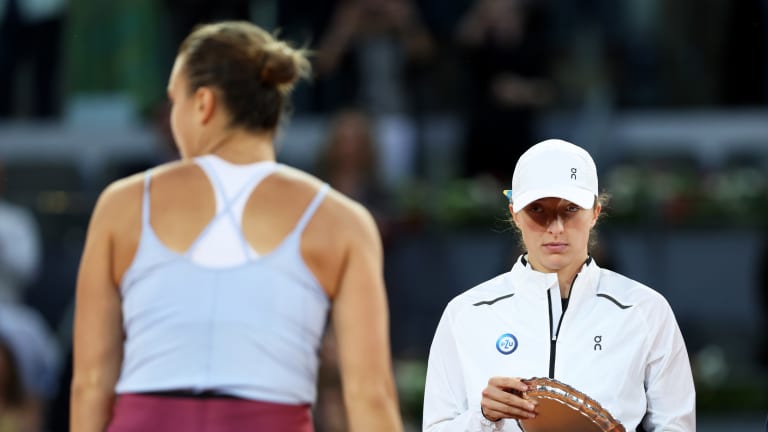The Rally
Have Aryna Sabalenka and Carlos Alcaraz made themselves the players to beat?
By May 10, 2023The Rally
Best-of-five set matches were in the crosshairs at this labor-intensive US Open. Is no-ad scoring the answer?
By Sep 02, 2025The Rally
Is Saquon Barkley football’s Novak Djokovic—and can his Philadelphia Eagles knock off the Kansas City Chiefs?
By Feb 07, 2025The Rally
The Rally: Mixed feelings about the Davis Cup, players to watch on the men's tour in 2022
By Dec 06, 2021The Rally
The Rally: Is Indian Wells a glimpse of the future?
By Oct 16, 2021Next Gen ATP Finals
Rafael Nadal, ambassador for the Saudi Tennis Federation, returns to Next Gen ATP Finals
By Dec 21, 2025Next Gen ATP Finals
Learner Tien looks for revenge, in two ways, in the Next Gen ATP Finals title match
By Dec 20, 2025ATP Challenger Tour
Tenerife set to once again be a standout stop on the 2026 ATP Challenger Tour
By Dec 20, 2025Player News
"One last push": Stan Wawrinka confirms 2026 will be final season
By Dec 20, 2025Next Gen ATP Finals
Nishesh Basavareddy advances at Next Gen Finals with Gilles Cervara in his corner
By Dec 19, 2025Have Aryna Sabalenka and Carlos Alcaraz made themselves the players to beat?
We talk Madrid champions and controversies and look ahead to Rome—and to whether Swiatek and Djokovic may give us another plot twist before Paris.
Published May 10, 2023
Advertising
Advertising

Gauff, Pegula and Azarenka chat after Sunday's doubles final in Madrid.
© Getty Images
Advertising

Game, Set, Recharge
How Tsitsipas, Osaka and other pros embrace the weekly grind.
Advertising

Coming off a final-round loss to Sabalenka in Madrid, Swiatek will be extra motivated in Rome—a scary thought.
© Getty Images
Advertising

Last May, in Madrid, Djokovic and Alcaraz met for the first—and thus far only—time, in the semifinals. The Spaniard came away with the win in a third-set tiebreak.
© Getty Images
Advertising

The ATP Challenger Tour, by Sam Querrey
Everything you need to know about this must-see circuit.